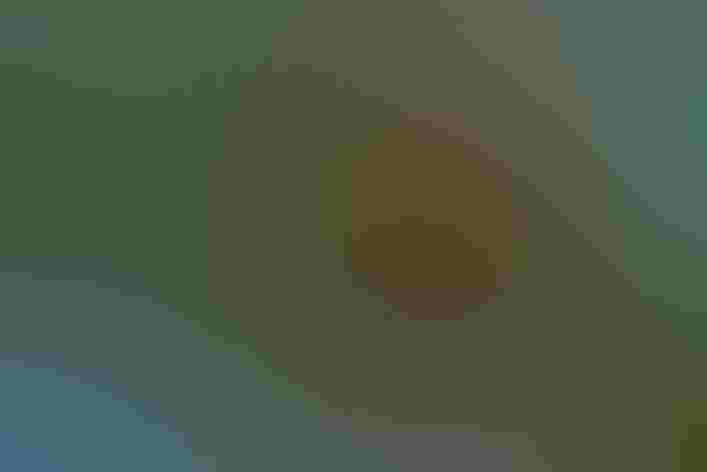Rose-throated Becard
At a Glance
This tropical bird barely extends north of the Mexican border in summer. In our area it occurs regularly only along a few streams in southern Arizona. It is also found in southern Texas, especially in winter. Quiet and inconspicuous, it is easily overlooked as it perches high within the canopy of the trees, occasionally fluttering out to pick an insect from the foliage. Its massive, football-shaped nest, swinging at the end of a dangling branch, is often the first clue that becards are present.
All bird guide text and rangemaps adapted from by Kenn Kaufman© 1996, used by permission of Houghton Mifflin Harcourt Publishing Company. All rights reserved.
Category
Perching Birds, Tyrant Flycatchers
IUCN Status
Least Concern
Habitat
Arroyos and Canyons, Forests and Woodlands
Region
Southwest, Texas
Behavior
Direct Flight, Hovering
Population
2.000.000
Range & Identification
Migration & Range Maps
In Arizona, generally arrives in May and leaves in September. Probably permanent resident over most of its range. May wander into southern Texas at any season.
Description
6 1/2" (17 cm). Looks big-headed. Adult male gray, with blacker cap, small rose spot on throat. Female and young have brown back, dark cap, pale buff to dingy white below.
Size
About the size of a Robin, About the size of a Sparrow
Color
Black, Brown, Gray, Pink, Red
Wing Shape
Rounded
Tail Shape
Notched, Rounded, Square-tipped
Songs and Calls
A high-pitched whistle, seeeeooo; various chattering notes.
Call Pattern
Falling, Flat
Call Type
Chirp/Chip, Hi, Trill, Whistle
Habitat
Wooded canyons, river groves, sycamores. In Arizona, usually along streams at middle elevations, especially in groves of sycamores and cottonwoods; sometimes in pure cottonwood groves with understory of mesquites. In Texas, generally in native woodland near Rio Grande. In Mexico and Central America, widespread in dry woods, canyons, locally up into mountain forest.
Sign up for ÃÛèÖAPP's newsletter to learn more about birds like the Rose-throated Becard
Behavior
Eggs
4-6. Whitish to buff, heavily blotched with brown. Incubation is by female; incubation period not well known.
Young
Both parents bring food for nestlings. Young leave nest about 3 weeks after hatching.
Feeding Behavior
Forages mostly by watching from a perch, then making short flights out to capture insects, returning to perch to eat them. Takes most insects from foliage while hovering briefly; also catches some in mid-air. Does much of its foraging within the shady canopy of tall trees.
Diet
Includes insects and berries. Diet not well known. In summer in United States, probably feeds mostly on insects. Also known to eat many small fruits and berries, perhaps especially in southern parts of range.
Nesting
Male defends nesting territory by singing. Has a thin, rhythmic "dawn song," usually heard only before sunrise. Nest: Usually suspended at the end of a long hanging branch, under the shady canopy of a large tree (sycamore or cottonwood in Arizona), up to 50' above the ground. Nest (built mostly by female, with some help from male) is a very large globular mass of vegetation, with the entrance low on one side; made of bark strips, grass, weeds, vines, spiderwebs, and other materials. More material may be added even after incubation begins.
Conservation
Conservation Status
In Arizona, may have increased slightly since 1950s, but still very scarce and local. Widespread and common in Mexico and Central America.







